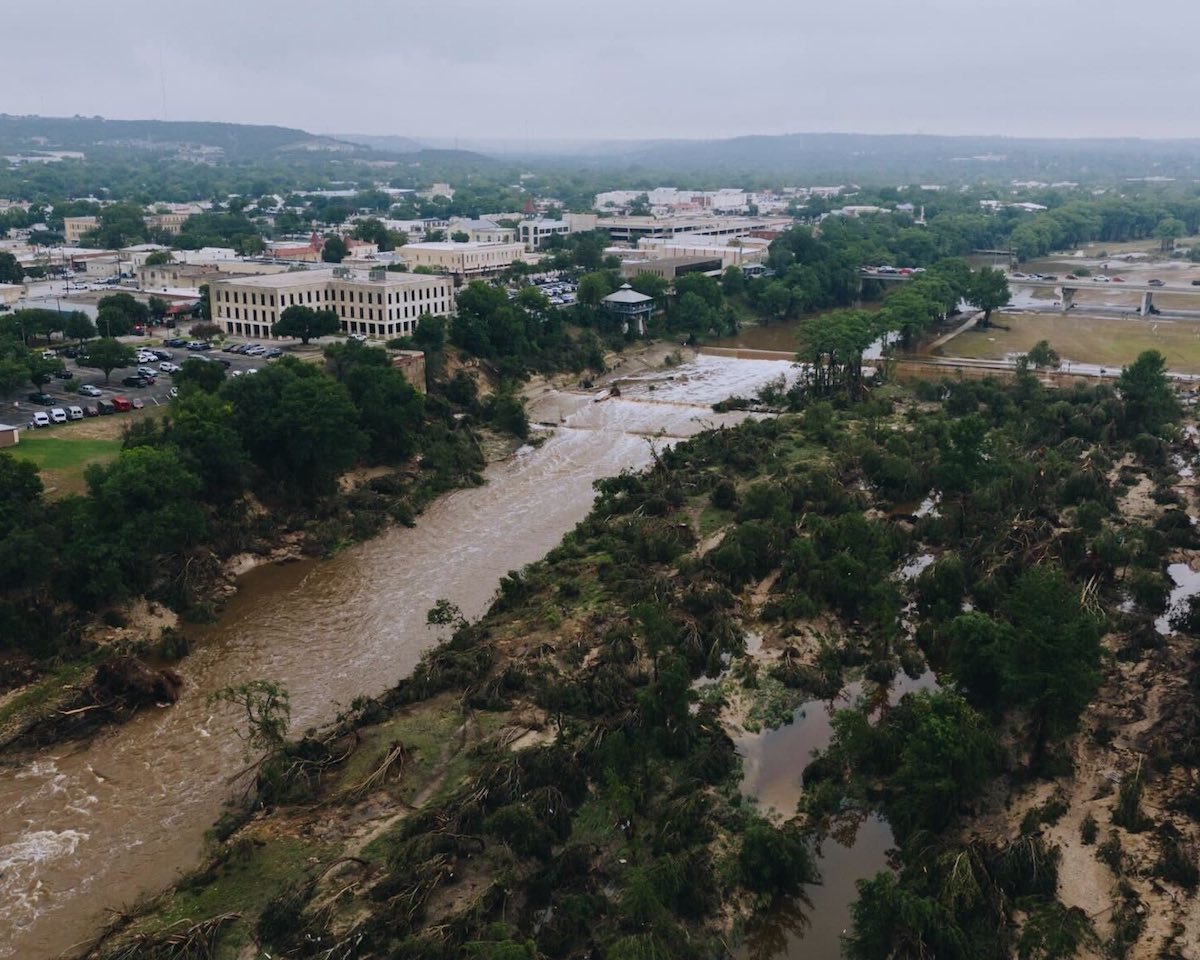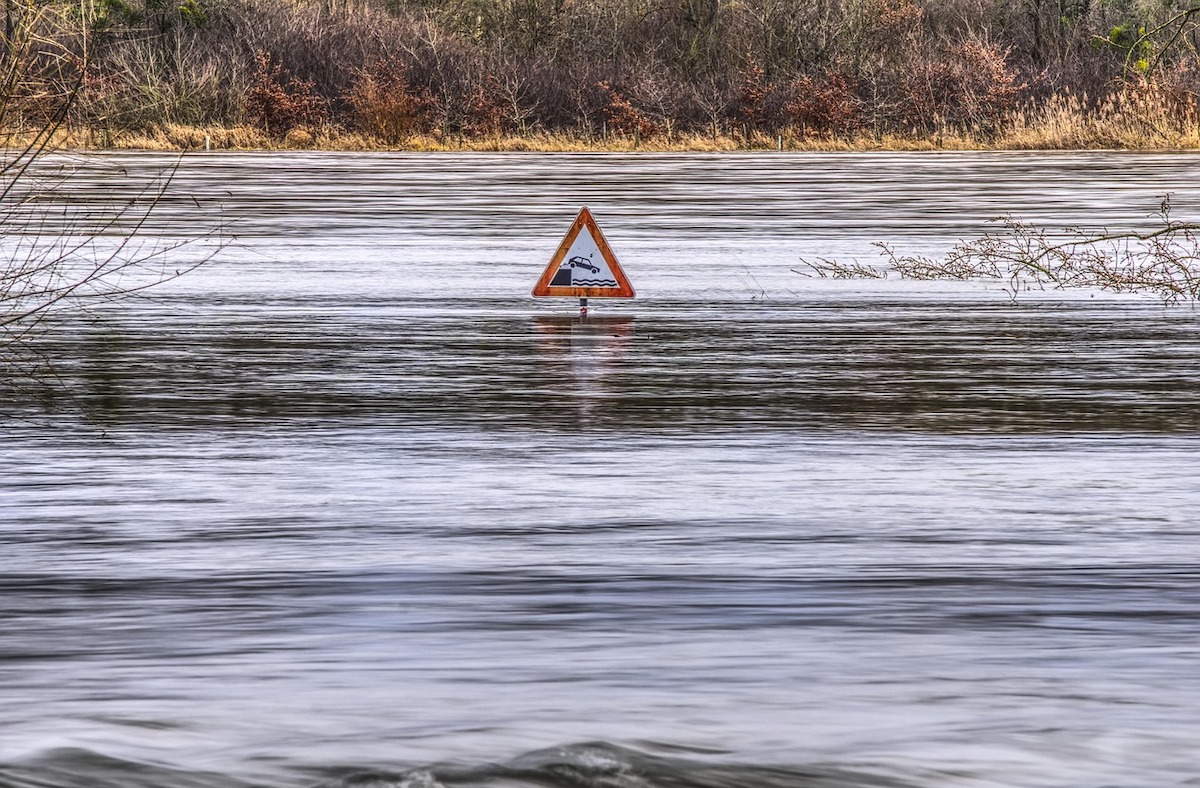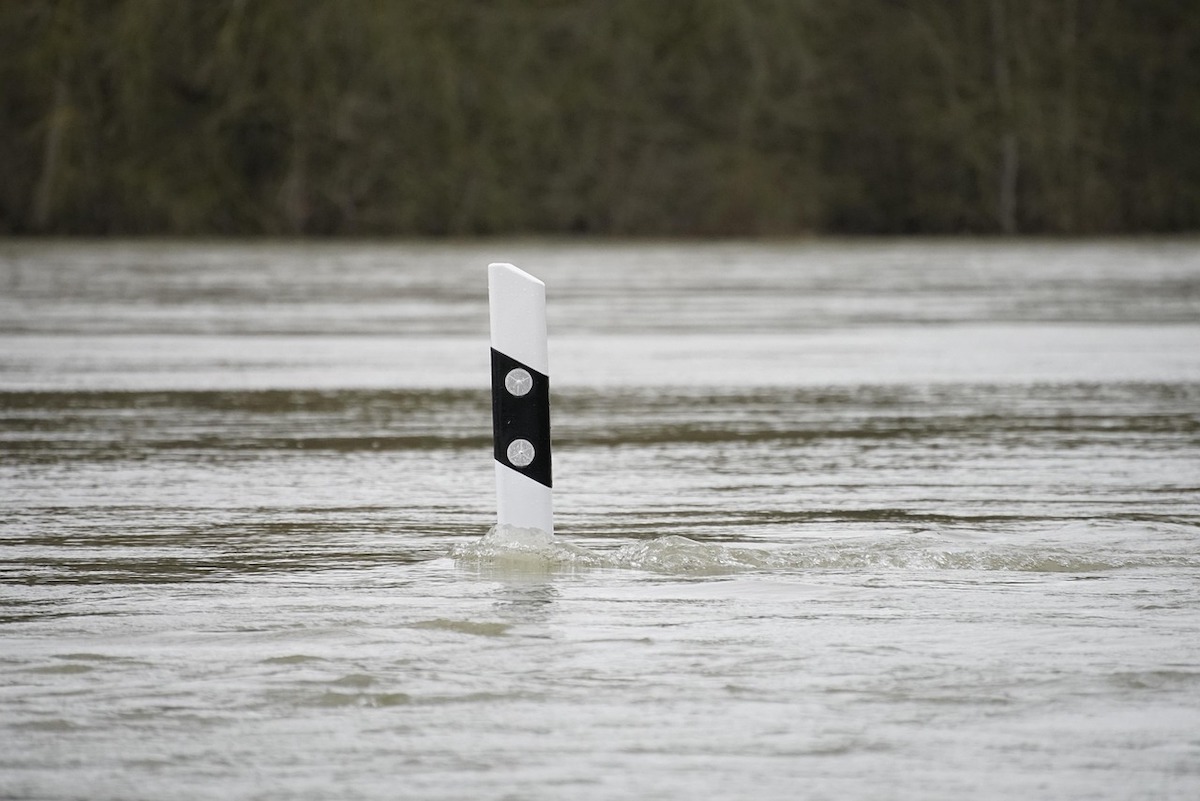
Keith Lusher 07.07.25

The Guadalupe River in Central Texas turned from a peaceful waterway into a deadly torrent in the early morning hours of July 4, claiming at over 90 lives, including 28 children, and leaving 27 others missing. The catastrophic flooding has become a reminder of nature’s unpredictable power and the importance of understanding river survival techniques.
Texas authorities confirmed the death toll Saturday afternoon, noting that around 850 people have been rescued or evacuated so far. Among the missing are children who were attending Camp Mystic, an all-girls Christian summer camp operating along the Guadalupe River since 1926. Over 1,000 rescuers have been deployed across the affected areas as search and rescue operations continue.
The flooding started after heavy rains dumped over 16 inches in Mason County and more than 10 inches in Kerr County overnight July 3-4. The Guadalupe River shot up to 23.4 feet by 4:30 a.m. on July 4, creating what officials called “catastrophic level floods.” The disaster was caused by tropical moisture from the remnants of Tropical Storm Barry, which had formed in the Gulf of Mexico on June 28.
While the National Weather Service put out a Flash Flood Warning at 1 a.m. and flooding got worse between 1:45 and 2:15 a.m., the quick rise caught many off guard. Despite worries about federal staffing cuts to the National Weather Service, union reps confirmed that local weather offices had enough staff and put out timely warnings before the storm hit.

Tips for Surviving a Raging River
The Texas tragedy shows why every outdoorsman needs to know river survival basics. As someone who’s spent countless hours hunting and fishing along Louisiana’s waterways, I can tell you that flash floods can turn peaceful waters into a challenging situation in minutes, but knowing the right tricks can mean the difference between life and death.
Understanding the Danger
Rivers in flood stage move with deadly power. Just six inches of moving water can knock an adult off their feet, while 12 inches can carry away a vehicle. The Guadalupe River’s history includes a similar 1987 flood that killed 10 teenagers, proving that even rivers you know well can become deadly. Here in Louisiana, we’ve seen our share of sudden water rises, and I’ve learned that respect for moving water isn’t optional.
Getting Ready Before You Go
Before heading to any river system, especially during rainy seasons, check weather forecasts and flood warnings. Find multiple escape routes from your camping or hiking spot. Keep emergency supplies, including waterproof flashlights, whistles, and flotation devices, easy to grab. Most importantly, tell someone your plans so they can alert authorities if you don’t return as planned.

Never try to drive through flooded roads. Turn around right away and find higher ground. If your vehicle gets trapped, leave it and move to the highest spot you can find. Stay away from storm drains, culverts, and low-lying areas where water can rise fast. Trust me, I’ve seen perfectly calm fishing holes turn into raging torrents in what felt like seconds.
The Ferry Method
Strong swimmers should use a ferry angle method, swimming diagonally across the current rather than straight to shore. This saves energy while making steady progress toward safety. If you’re not a strong swimmer, focus on floating feet-first and calling for help while looking for rescue chances. If swept into moving water, don’t try to fight the current head-on. Instead, angle your body feet-first downstream to protect your head and use your feet to push off rocks or debris. Look for calmer water near the inside of river bends where you might be able to grab onto stable objects or reach shore.

Never enter flood waters to try a rescue unless you’re trained in swift water rescue methods. Instead, throw a rope, extend a long branch, or use a flotation device to help from shore. Well-meaning but untrained rescuers often become victims too.
Read the Water
Learn to spot danger signs in rising water. Watch for debris like logs, branches, or foam moving fast downstream. Brown or muddy water usually means the river carries sediment and moves with serious force. If you see whirlpools or standing waves, stay well clear. The water may look calm on the surface, but it may be churning underneath.
The Texas flood serves as a powerful reminder that nature’s forces can beat even the most prepared sportsmen. As someone who’s been on the water through some dicey weather, I know that being prepared isn’t just smart; it’s what gets you home safe to your family.
Trending Products












